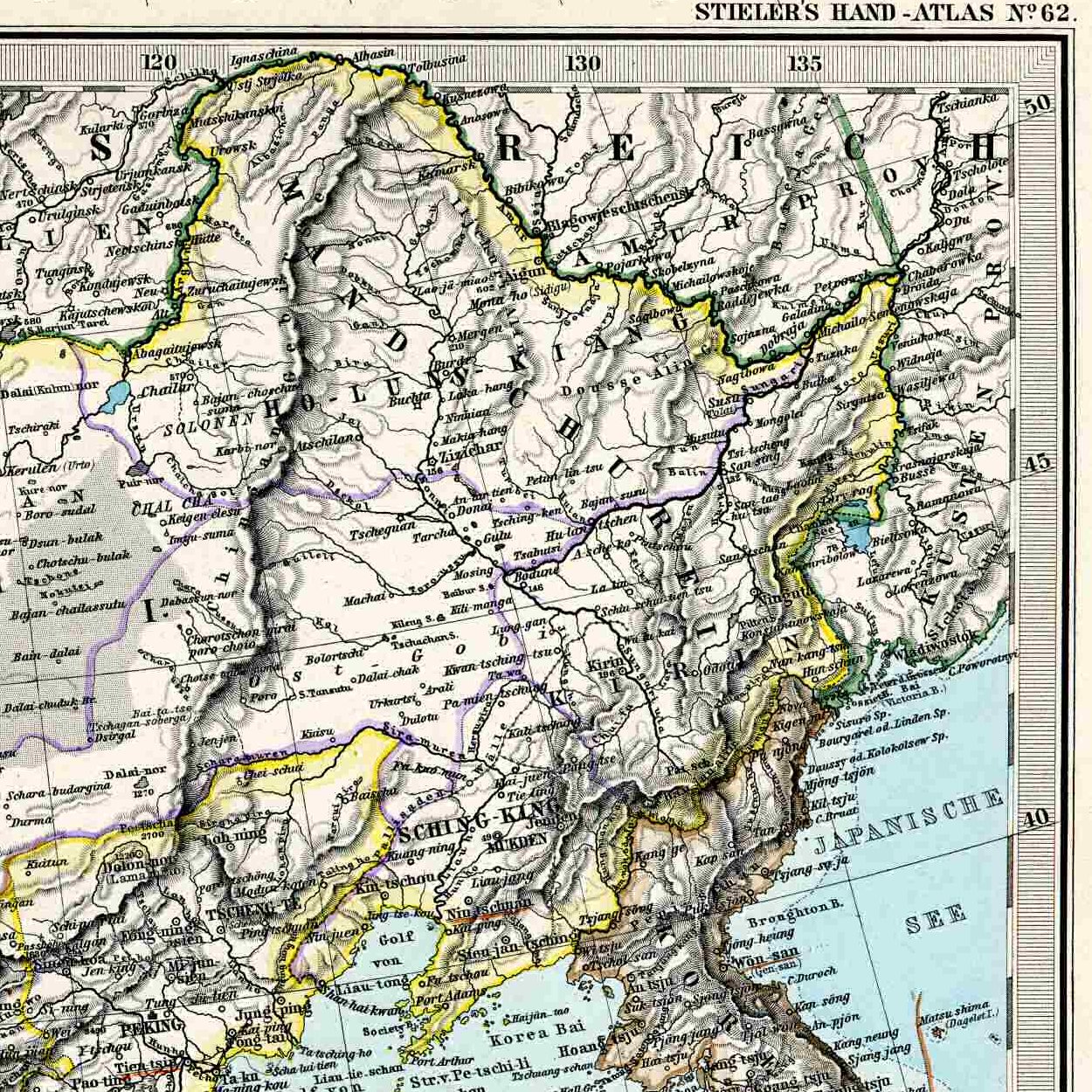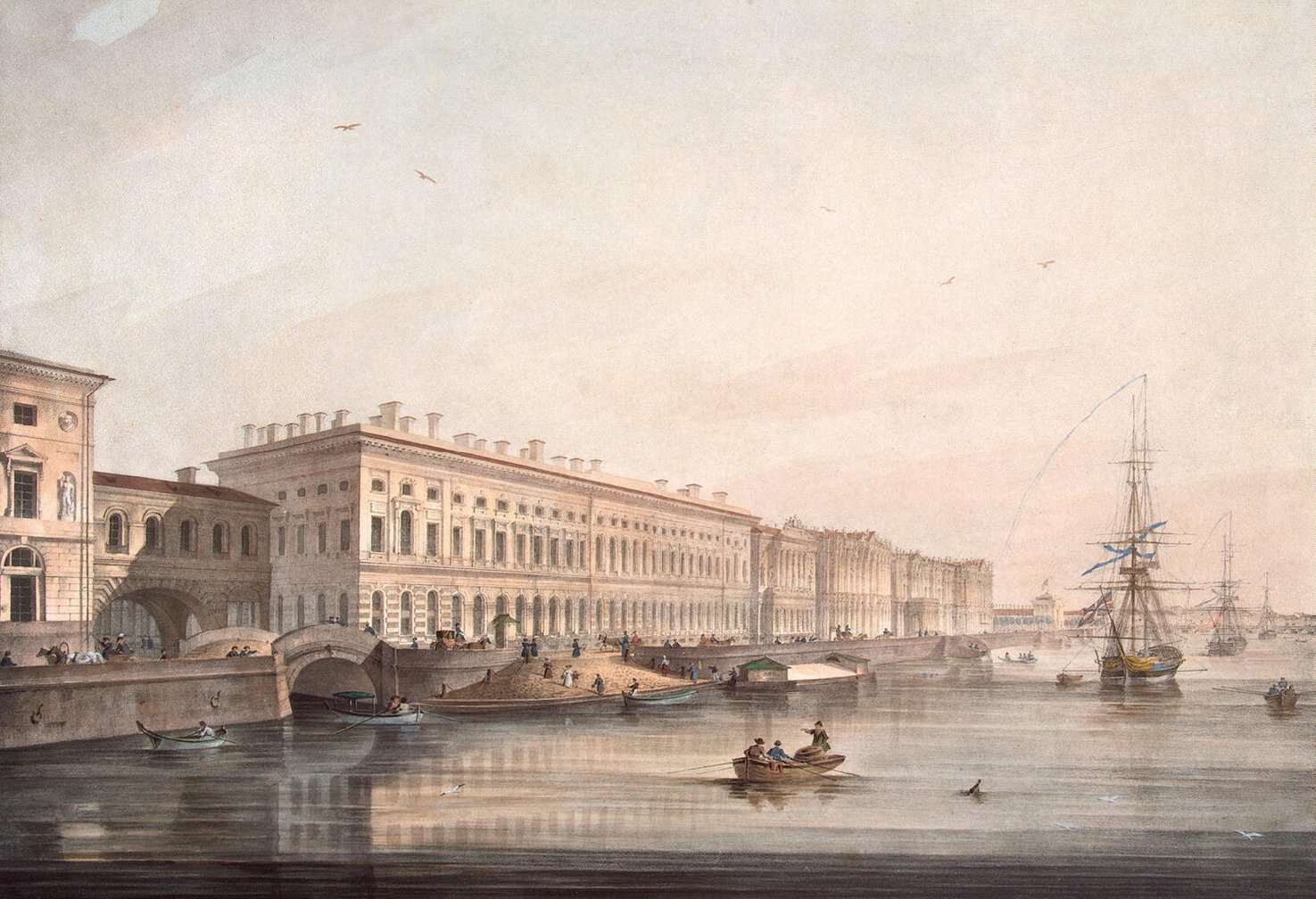|
Bidzhan
The Bidzhan (russian: Биджан) is a river in the Jewish Autonomous Oblast, Russia. Bidzhan comes from the Tungusic word "Bidzen", meaning "Permanent settlement"). The river is about long, the width wide and deep. Bidzhan is formed by the confluence of the source rivers Pravyy Bidzhan and Levyy Bidzhan in the Lesser Khingan and runs from there from north to south and ends up flowing along the larger river Amur. Along the river is the town of Birobidzhan, which is the administrative center of the Jewish Autonomous Oblast and is partly named after the river. See also *List of rivers of Russia Russia can be divided into a European Russia, European and an North Asia, Asian part. The dividing line is generally considered to be the Ural Mountains. The European part is drained into the Arctic Ocean, Baltic Sea, Black Sea, and Caspian Sea. Th ... References Rivers of Jewish Autonomous Oblast {{Russia-river-stub ... [...More Info...] [...Related Items...] OR: [Wikipedia] [Google] [Baidu] |
Birobidzhan
Birobidzhan ( rus, Биробиджа́н, p=bʲɪrəbʲɪˈdʐan; yi, ביראָבידזשאַן, ''Birobidzhan'') is a town and the administrative center of the Jewish Autonomous Oblast, Russia, located on the Trans-Siberian Railway, near the China–Russia border. As of the 2010 Census, its population is 75,413, and its official language is Yiddish. Birobidzhan is named after the two largest rivers in the autonomous oblast: the Bira and the Bidzhan. The Bira, which lies to the east of the Bidzhan Valley, flows through the town. Both rivers are tributaries of the Amur. History Birobidzhan was planned by the Swiss architect Hannes Meyer, and established in 1931. It became the administrative center of the Jewish Autonomous Oblast in 1934, and town status was granted to it in 1937. The 36,000 km2 of Birobidzhan were approved by the Politburo on March 28, 1928. After the Bolshevik revolution, the Soviet Union contained two organizations that worked with the Jews settl ... [...More Info...] [...Related Items...] OR: [Wikipedia] [Google] [Baidu] |
Amur
The Amur (russian: река́ Аму́р, ), or Heilong Jiang (, "Black Dragon River", ), is the world's tenth longest river, forming the border between the Russian Far East and Northeastern China ( Inner Manchuria). The Amur proper is long, and has a drainage basin of . ''mizu'' ("water") in Japanese. The name "Amur" may have evolved from a root word for water, coupled with a size modifier for "Big Water". Its ancient Chinese names were ''Yushui'', ''Wanshui'' and ''Heishui'', formed from variants to ''shui'', meaning "water".The fishes of the Amur River:updated check-list and zoogeography'' The modern Chinese name for the river, ''Heilong Jiang'' means "Black Dragon River", while the Manchurian name ''Sahaliyan Ula'', the Mongolian names " Amar mörön " (Cyrillic: Амар мөрөн) originates from the name " Amar " meaning to rest and ''Khar mörön'' (Cyrillic: Хар мөрөн) mean Black River. Course The river rises in the hills in the western part of Northea ... [...More Info...] [...Related Items...] OR: [Wikipedia] [Google] [Baidu] |
Russia
Russia (, , ), or the Russian Federation, is a transcontinental country spanning Eastern Europe and Northern Asia. It is the largest country in the world, with its internationally recognised territory covering , and encompassing one-eighth of Earth's inhabitable landmass. Russia extends across eleven time zones and shares land boundaries with fourteen countries, more than any other country but China. It is the world's ninth-most populous country and Europe's most populous country, with a population of 146 million people. The country's capital and largest city is Moscow, the largest city entirely within Europe. Saint Petersburg is Russia's cultural centre and second-largest city. Other major urban areas include Novosibirsk, Yekaterinburg, Nizhny Novgorod, and Kazan. The East Slavs emerged as a recognisable group in Europe between the 3rd and 8th centuries CE. Kievan Rus' arose as a state in the 9th century, and in 988, it adopted Orthodox Christianity from the ... [...More Info...] [...Related Items...] OR: [Wikipedia] [Google] [Baidu] |
River
A river is a natural flowing watercourse, usually freshwater Fresh water or freshwater is any naturally occurring liquid or frozen water containing low concentrations of dissolved salts and other total dissolved solids. Although the term specifically excludes seawater and brackish water, it does include ..., flowing towards an ocean, sea, lake or another river. In some cases, a river flows into the ground and becomes dry at the end of its course without reaching another body of water. Small rivers can be referred to using names such as Stream#Creek, creek, Stream#Brook, brook, rivulet, and rill. There are no official definitions for the generic term river as applied to Geographical feature, geographic features, although in some countries or communities a stream is defined by its size. Many names for small rivers are specific to geographic location; examples are "run" in some parts of the United States, "Burn (landform), burn" in Scotland and northeast England, and "be ... [...More Info...] [...Related Items...] OR: [Wikipedia] [Google] [Baidu] |
Jewish Autonomous Oblast
The Jewish Autonomous Oblast (JAO; russian: Евре́йская автоно́мная о́бласть, (ЕАО); yi, ייִדישע אװטאָנאָמע געגנט, ; )In standard Yiddish: , ''Yidishe Oytonome Gegnt'' is a federal subject of Russia in the Russian Far East, bordering Khabarovsk Krai and Amur Oblast in Russia and Heilongjiang province in China. Its administrative center is the town of Birobidzhan. The JAO was designated by a Soviet official decree in 1928, and officially established in 1934. At its height, in the late 1940s, the Jewish population in the region peaked around 46,000–50,000, approximately 25% of the population. As of the 2010 Census, JAO's total population was 176,558 people, or 0.1% of the total population of Russia. By 2010, there were only 1,628 Jews remaining in the JAO, or fewer than 1% of the population, according to data provided by the Russian Census Bureau, while ethnic Russians made up 92.7% of the JAO population. Judaism is p ... [...More Info...] [...Related Items...] OR: [Wikipedia] [Google] [Baidu] |
Tungusic Languages
The Tungusic languages (also known as Manchu-Tungus and Tungus) form a language family spoken in Eastern Siberia and Manchuria by Tungusic peoples. Many Tungusic languages are endangered. There are approximately 75,000 native speakers of the dozen living languages of the Tungusic language family. Some linguists consider Tungusic to be part of the controversial Altaic language family, along with Turkic, Mongolic, and sometimes Koreanic and Japonic. The term "Tungusic" is from an exonym for the Evenk people (Ewenki) used by the Yakuts ("tongus"). It was borrowed into Russian as "тунгус", and ultimately transliterated into English as "Tungus". Classification Linguists working on Tungusic have proposed a number of different classifications based on different criteria, including morphological, lexical, and phonological characteristics. Some scholars have criticized the tree-based model of Tungusic classification, arguing the long history of contact among the Tungusic langua ... [...More Info...] [...Related Items...] OR: [Wikipedia] [Google] [Baidu] |
Lesser Khingan
Lesser Khingan (; russian: Малый Хинган, ''Maly Khingan'') is a mountain range in China's Heilongjiang province and the adjacent parts of Russia's Amur Oblast and Jewish Autonomous Oblast.Малый Хинган '''' in 30 vols. — Ch. ed. A.M. Prokhorov
Alexander Mikhailovich Prokhorov (born Alexander Michael Prochoroff, russian: Алекса́ндр Миха́йлович Про́хоров; 11 July 1916 – 8 January 2002) was an Australian-born Soviet-Russian physicist known ...
< ... [...More Info...] [...Related Items...] OR: [Wikipedia] [Google] [Baidu] |
List Of Rivers Of Russia
Russia can be divided into a European Russia, European and an North Asia, Asian part. The dividing line is generally considered to be the Ural Mountains. The European part is drained into the Arctic Ocean, Baltic Sea, Black Sea, and Caspian Sea. The Asian part is drained into the Arctic Ocean and the Pacific Ocean. Notable rivers of Russia in Europe are Volga (which is the longest river in Europe), Pechora (river), Pechora, Don River, Russia, Don, Kama River, Kama, Oka River, Oka and the Northern Dvina, while several other rivers originate in Russia but flow into other countries, such as the Dnieper and the Western Dvina. In Asia, important rivers are the Ob River, Ob, the Irtysh River, Irtysh, the Yenisei River, Yenisei, the Angara River, Angara, the Lena River, Lena, the Amur River, Amur, the Yana River, Yana, the Indigirka River, Indigirka, and the Kolyma River, Kolyma. In the list below, the rivers are grouped by the seas or oceans into which they flow. Rivers that flow into o ... [...More Info...] [...Related Items...] OR: [Wikipedia] [Google] [Baidu] |
_cancelled.jpg)



